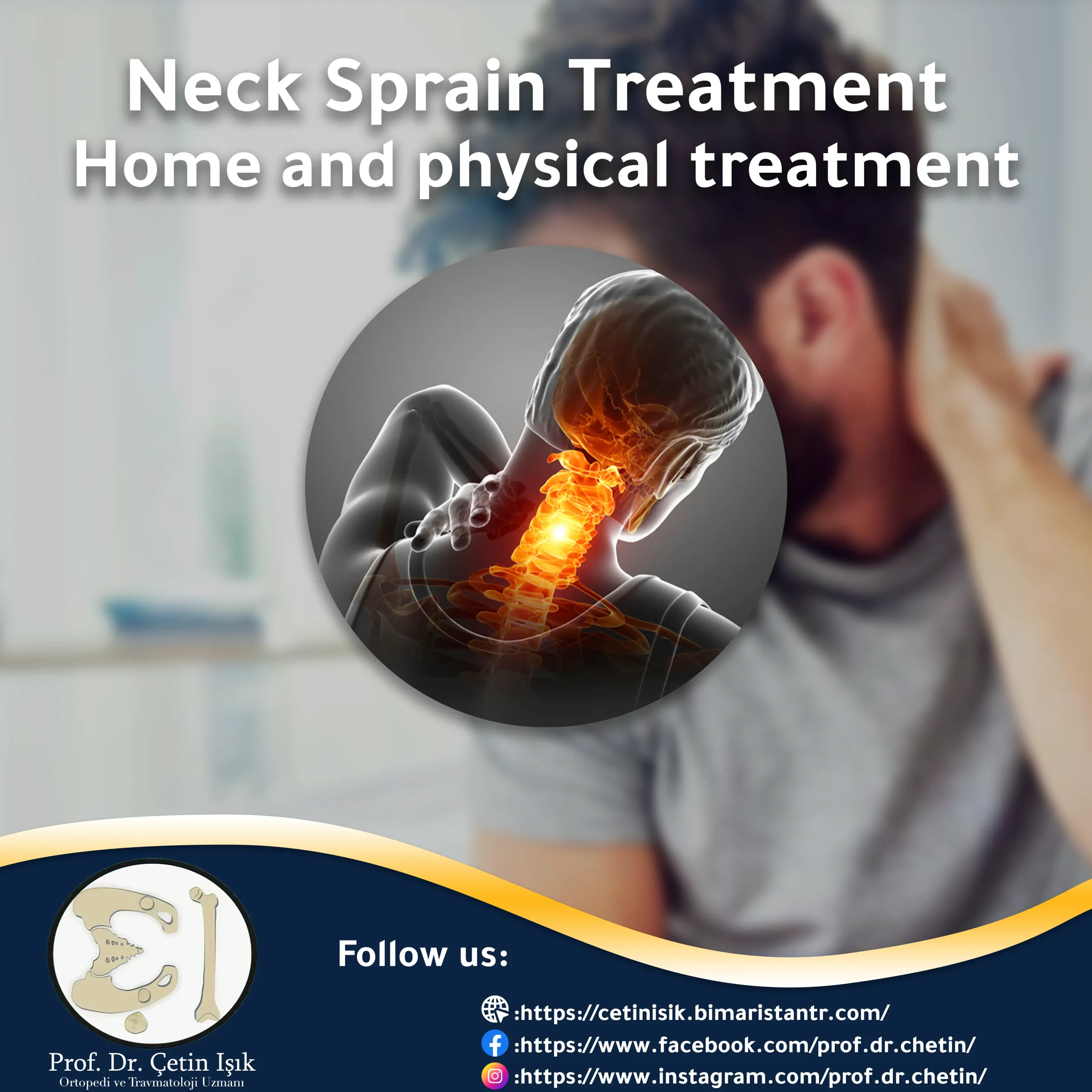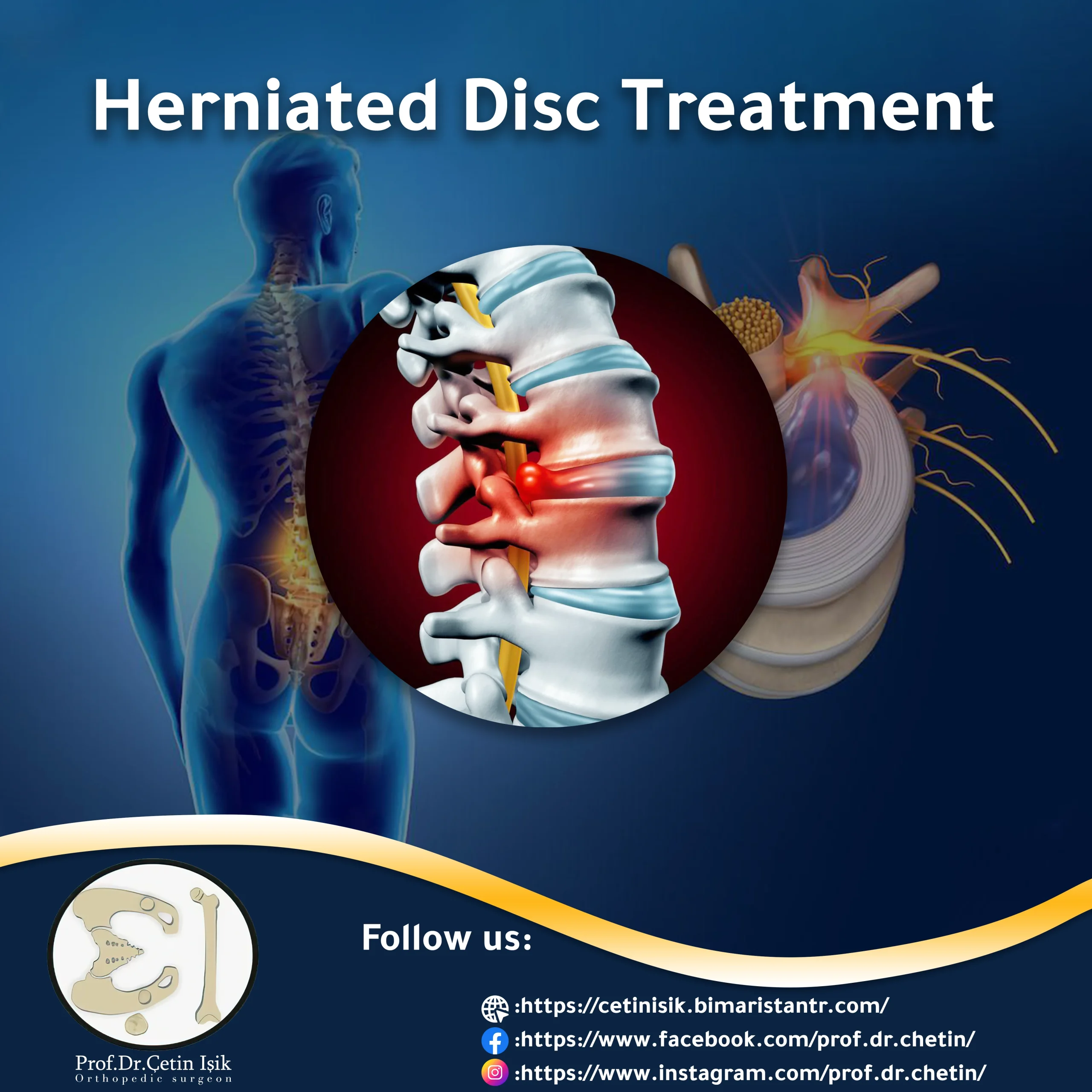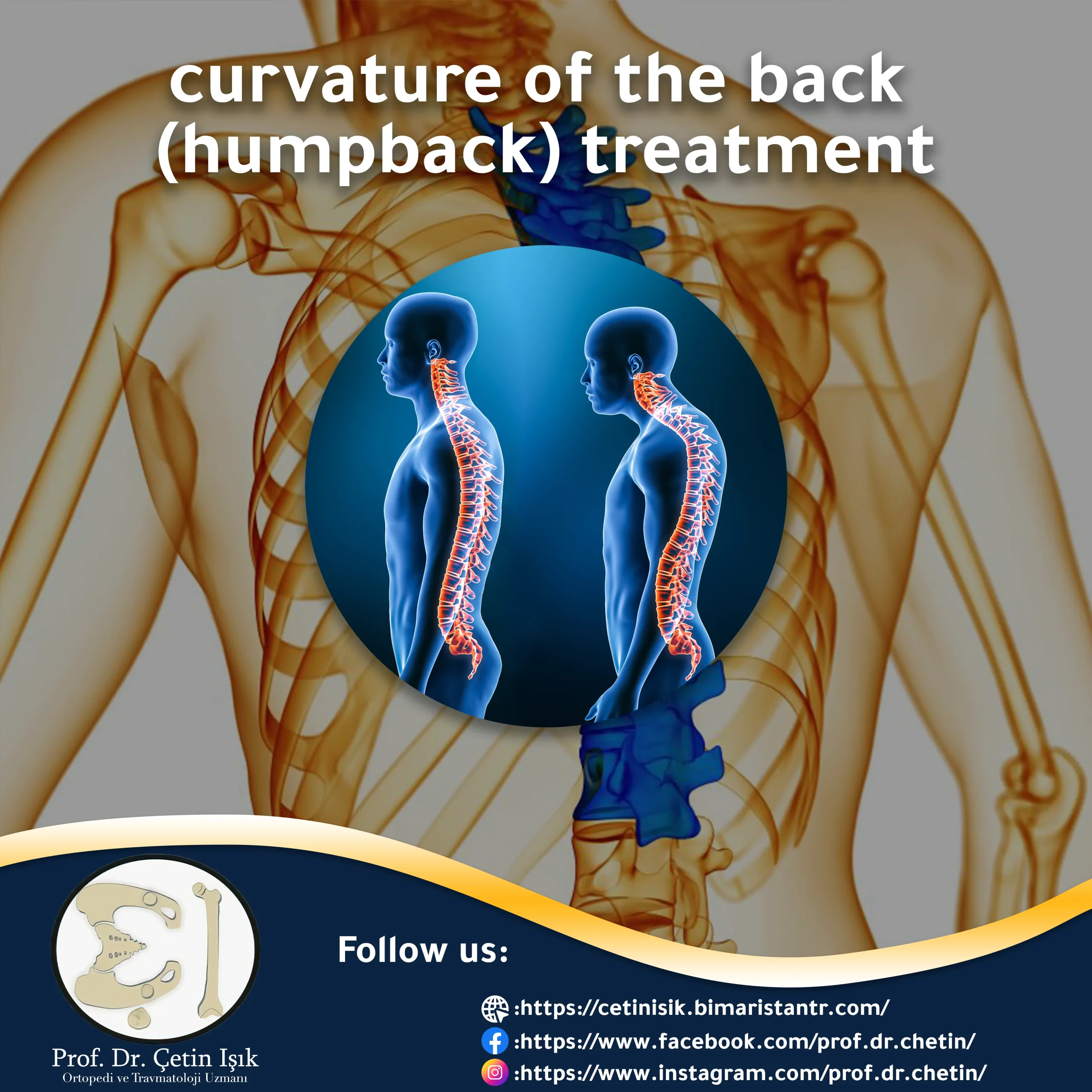Neck sprain treatment is usually done gradually from rest and neck pain relief to physical therapy, and neck sprain usually occurs when sleeping in the wrong position.
The treatment of a sprained neck is no different from the treatment of sprains anywhere in the body. Usually, the recovery is gradual with time through treatment methods.
The sprain causes neck pain, headache, and difficulty sleeping, and thus affects the patient's activity, so it is necessary to know how to treat neck sprain.
Overview of neck sprain treatment
A sprained neck is the occurrence of damage to the ligaments of the neck resulting from many causes, such as the wrong position of the neck, falls, traumatic injuries (causing neck muscles to be injured in what is known as spastic neck sprain), and some diseases, in addition to the whiplash (rapid and sudden movement) and traffic accidents (sudden neck sprain). ).
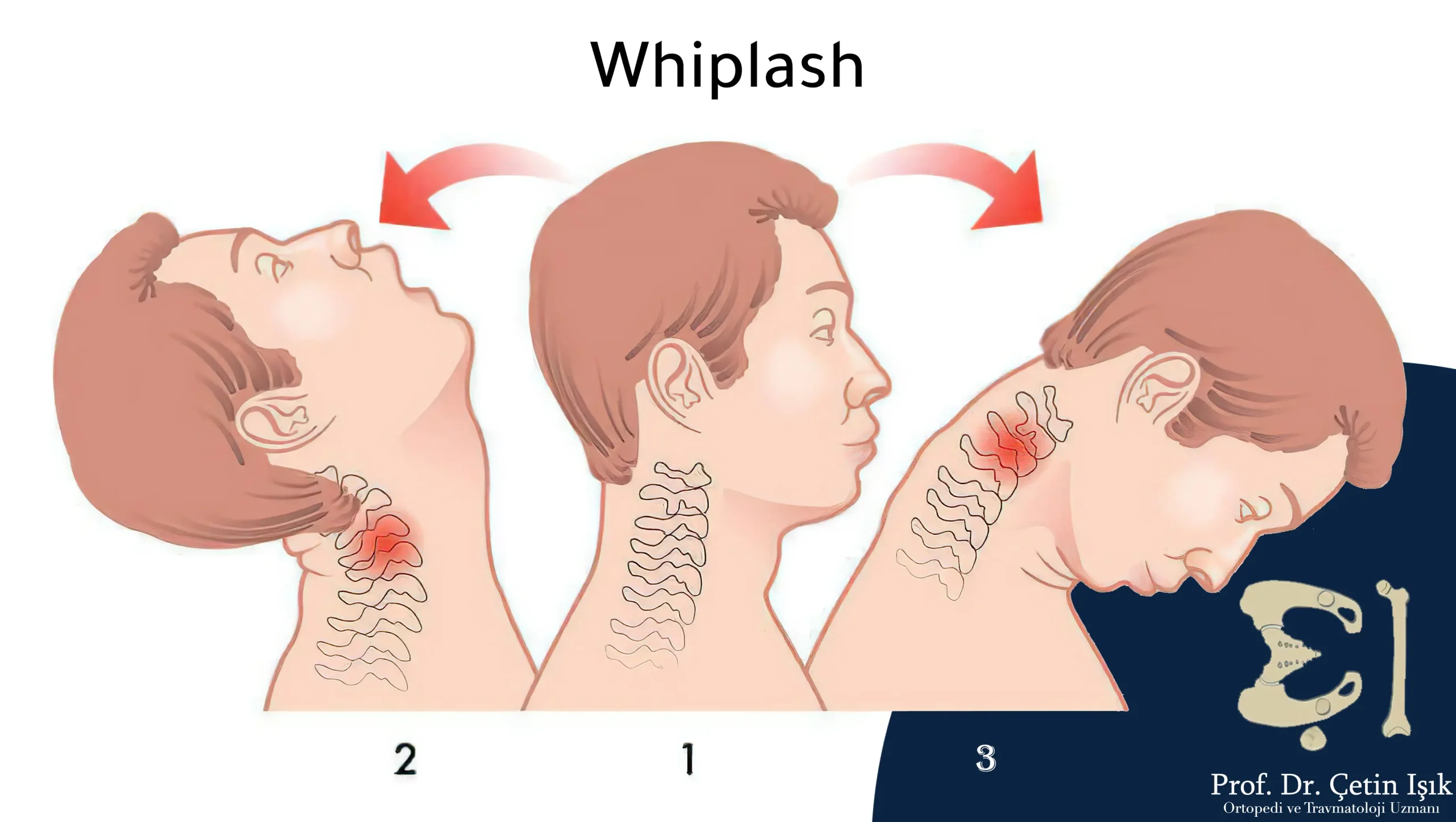
Symptoms of a neck sprain are: Neck pain Which gets worse with movement, in addition to headache andkink Inability to perform daily activities.
Most treatments aim to treat neck sprain after sleeping in the wrong position, as it is the most common cause of neck sprains.
Most cases of neck sprain are self-healing within several days through home treatment. Still, if symptoms such as neck pain and spasms persist or intensify, it is necessary to go to the doctor to determine the appropriate treatment (drug and natural).
How to treat a neck sprain
Neck sprains are usually treated gradually, from home therapy (procedures that can be done at home) to physical therapy with exercises.
Neck sprain treatment at home
Some of the procedures that can be done at home to relieve symptoms and treat a simple neck sprain include the following:
- Rest: You must get a lot of rest and not move the neck excessively to relieve the stress on the ligaments and muscles so that the pain and muscle spasms do not increase and thus exacerbate the problem.
- Ice or heat application: Both ice and heat work to relax the spasmodic muscles and give them enough time to heal, and also help relieve neck pain, as by applying ice (cold) compresses, pain is alleviated, and inflammation in the neck is reduced by reducing blood flow to the area. 10-15 minutes every 2-3 hours, and placed after doing any activity that causes symptoms to worsen.
- Wearing a collar: The patient may sometimes have to wear a collar around the neck to support the head and relieve pressure on the ligaments in the neck so that it has the right time to heal.
- Neck Massage: Neck massage helps to relax and stretch the neck muscles.

Medical therapy
Medicines prescribed by a doctor include:
- Pain relievers: Pain relievers relieve pain caused by a sprained neck. Non-steroidal anti-inflammatory drugs (NSAIDs) are the best group in reducing inflammation and relieving pain. This group includes Ibuprofen, Naproxen, and Aspirin.
- Muscle relaxants: Muscle relaxants are used to reduce... Muscle spasmAmong these medications we mention Carisoprodol, Cyclobenzaprine, Diazepam, and Metaxalone.
physical therapy (natural)
Physical therapy is based on improving the strength and flexibility of the muscles and ligaments of the neck. These exercises are divided into stretching and strengthening exercises. Maintaining an appropriate neck position is the most important measure for most sprains and neck pain cases.
stretching exercises
These exercises include:
Cervical spine – axes
These exercises are done by:
- Lie down on a firm surface and place a rolled (folded) piece of cloth under your head
- Gently bend your chin toward the floor
- You will feel a stretch on the back of the neck
- This exercise lasts for 30 seconds and is done twice a day.

Cervical column - axial extension
- Sit in a chair or stand normally.
- Tuck your chin and tilt your head back, keeping your eyes level and straightforward.
- You will feel a stretch in the back of your neck and the top of your shoulders.
- Do this exercise for 30 seconds twice a day.
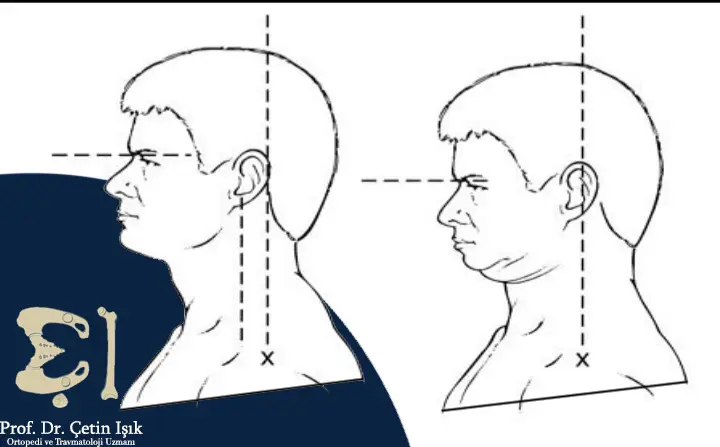
Cervical column - rotation
- Sit in a chair or stand normally.
- Rotate your head and look over your shoulder.
- Keep your head straight.
- You will feel a stretch on the side and back of your neck.
- Do this exercise for 30 seconds twice a day.

Strengthening exercises
These exercises aim to make the muscles more robust and, thus, improve their ability to withstand stress. The increase in repetitions must be gradual in these exercises, according to the doctor’s instructions.
Cervical spine - flexion exercises
- Stand upright before a wall and place a ball or your hands between your forehead and the wall.
- Gently push your forehead toward the ball.
- Do this exercise for 30 seconds twice a day.
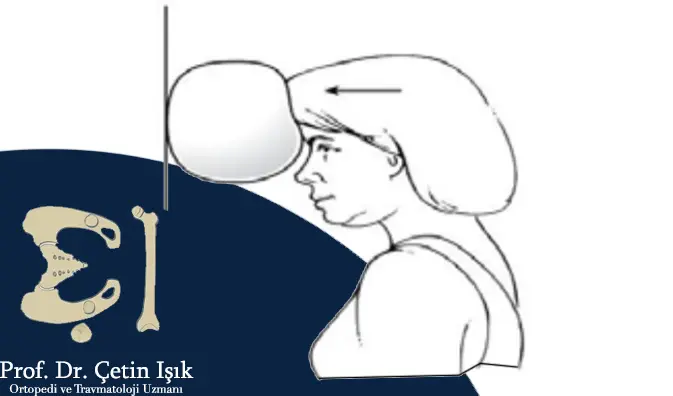
Cervical spine - side bending exercises
- Stand next to a wall with your shoulder in front of it.
- Place the ball or your hands between the side part of your head and the wall.
- Gently push your forehead toward the ball.
- Do the exercise for 30 seconds, twice a day.

Cervical spine - extension exercises
- Stand upright in front of a wall, with the back of your head facing the wall.
- Place the ball or your hands between your head and the wall.
- Gently push your forehead toward the ball.
- Do the exercise for 30 seconds, twice a day.
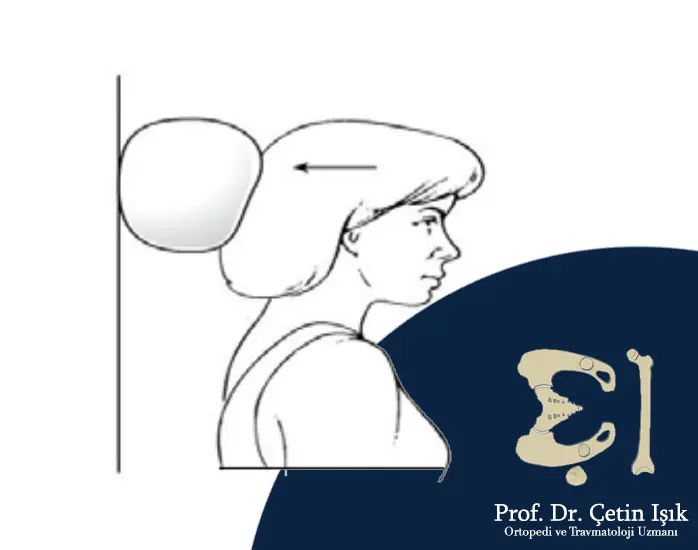
Ultrasound treatment
The ultrasound method is based on penetrating soft tissues and increasing blood flow, thus reducing pain and improving blood flow. It is a non-invasive treatment (does not require surgical intervention).
Ultrasound waves often treat muscle spasms and injuries, especially chronic neck sprains.
Recovery from a neck sprain
It can be considered that the treatment of the neck sprain has been successful and that the condition has begun to heal when the symptoms start to subside.
Most symptoms of a sprained neck resolve within 4-6 weeks, but some severe injuries may take longer to heal completely.
Neck sprain prevention
Neck sprain can be prevented by following these tips:
- Avoid bending the back and neck forward while walking, standing, or sitting, but rather stand straight and erect to reduce the load on the muscles and ligaments of the neck.
- Avoid working in fixed positions for long periods: You must stop working frequently to tighten and relax the muscles and increase their blood supply.
- Performing exercises regularly: Performing exercises helps relieve muscle tension resulting from stress and prevent injury and pain by strengthening muscles.
- Avoid the wrong position of the neck: by aligning the head above the shoulders and avoiding the chin protruding forward.
- treatment Neck tendonitisNeck tendon inflammation leads to swelling and thus may put pressure on the ligaments and cause harm.
- Avoid carrying heavy objects or bags over the shoulder.
- Avoid placing the phone between the ear and shoulder.
- Sleep in the correct and comfortable position.
Neck sprain treatment ranges from rest, ice packs, and massage, through medications and ultrasound therapy, to physiotherapy exercises and their importance in managing the disease. Neck sprain treatment is necessary because of the disease's impact on a person's daily activities.
Sources:
Common questions
A neck sprain usually lasts a few weeks (4-6 weeks), but in some severe cases it may last for several months.
Symptoms of a sprained neck include pain that gets worse with movement, headache, and limitation of neck movement due to muscle spasms.
The cause of neck sprain is injury to the neck ligaments, and among the causes of neck sprain are the following: wrong neck position, falls, and traffic accidents.
The patient must rest so that the pain does not increase and the problem worsens, in addition to using cold and hot compresses to relieve pain and inflammation.
Many types of ointments and creams, such as Moov and Voltaren cream, relieve pain.


